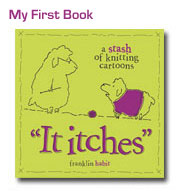I may have already said too much by telling you the thing needs buttons.
Excuse me for a moment while I go pull down the shades and cover my kneecaps.
So, this thing needs buttons. Rather than buy buttons, I chose to raid my button stash. My button stash became my button stash when my grandmother died, and her button stash became my button stash.
Let me tell you a little bit about my grandmother.
She was born in 1919 to a Pennsylvania coal miner and his wife. She learned to sew as a small child. Her mother had a cast-iron treadle sewing machine; but she also had four daughters with able hands so she felt the sewing machine was best kept for special occasions. Plain sewing, everyday sewing, was done by the daughters.
Plain sewing included things like bedsheets, which required a flat-felled seam up the center. Flat felled seams require not one, but two lines of stitching. When the seam in a sheet wore out, my grandmother would un-pick her old work, fold the sides of the sheet to the middle, and sew a new seam. When the sewing was finished she was allowed to do something else really fun, like wash coal dust off the kitchen windowsills.
I think of this every time I feel resentful that bath towels don't fall out of the dryer already folded.
My grandmother told me she first got paid for sewing–a penny for a whole mess of handmade buttonholes–when she was seven years old. That marked her début as a professional seamstress. When she had the stroke that was the beginning of her end, at ninety-two, she was still taking in sewing.
She sewed for her family until she became a housemaid in Pittsburgh and sewed for her employers. Then she left domestic service and married my grandfather, and sewed for her husband and her children.
Then my grandfather–who survived the entire Second World War as a paratrooper in Germany without a scratch–came home and got killed a couple years later in an industrial accident. So my grandmother, who had three children under five and a fourth-grade education, went back to sewing for the whole world.
Sewing doesn't pay very well. It doesn't now, and sure didn't in the 1950s in a small Pennsylvania coal town.
When you are raising three kids with your a sewing machine you don't have a lot of extra cash to throw around. My grandmother's childhood coincided squarely with the Great Depression and her young adulthood with war rationing, so she already knew how to be thrifty. All through the post-War prosperity (which passed her by) and into the crazy sixties and wasteful seventies and the even more wasteful eighties and the profoundly wasteful nineties she continued to be thrifty. The arrival of a new century didn't faze her in the least.
She died with eight hundred tons of fabric in her cellar.
Some of it was new, but much of it was things like faded curtains that could, maybe, be made into something else some other time. You never know, right?
Upstairs, in a motley collection of containers in a closet in the back bedroom, were the buttons.
They sell buttons in stores, but you can get buttons free without even trying too hard. If something wears out and cannot become something else, before you get rid of it, you cut the buttons off. If a customer wants a dress or coat freshened with new buttons, you keep the old buttons. When other people stop sewing because who sews these days anymore, you take in their buttons.
Then you die, and your grandson takes possession of your buttons.
I was pawing through the biggest button tin and suddenly I got the urge to photograph some of the buttons. The tin is entirely disorganized but I pulled out these little button families to share with you.
You never know what you're going to get when you visit this blog, is what I'm saying.
Also, I miss my grandma.
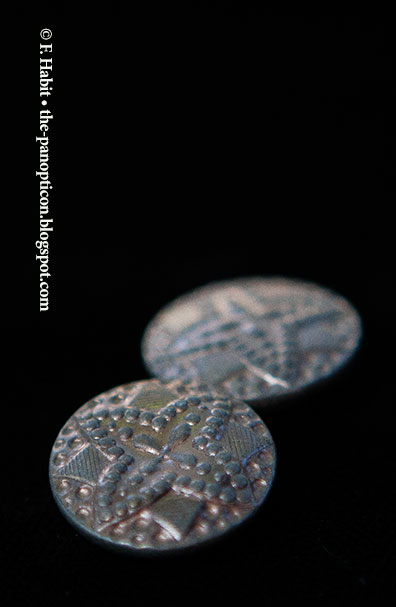
These are made of tin.

Black flowers, plastic. Sunday best, circa 1977.
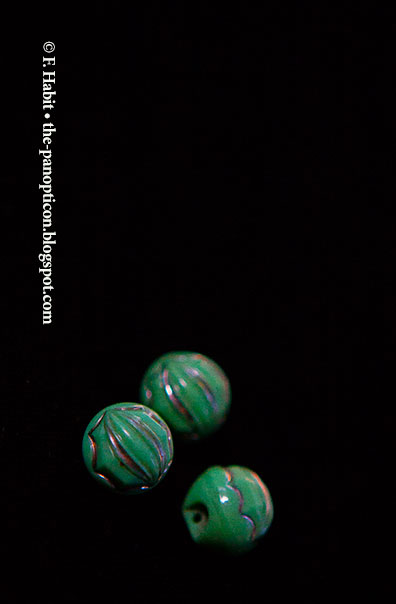
Tiny green porcelain bead buttons. Much smaller in real life.
I might have these made into earrings.
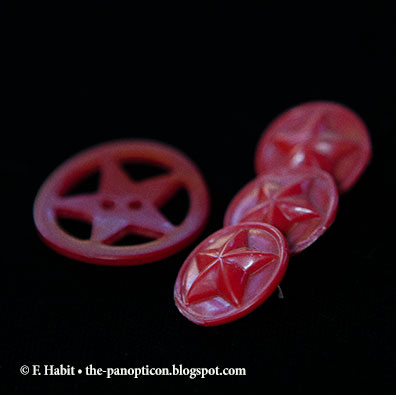
Are you now or have you ever been a button of the Communist party?
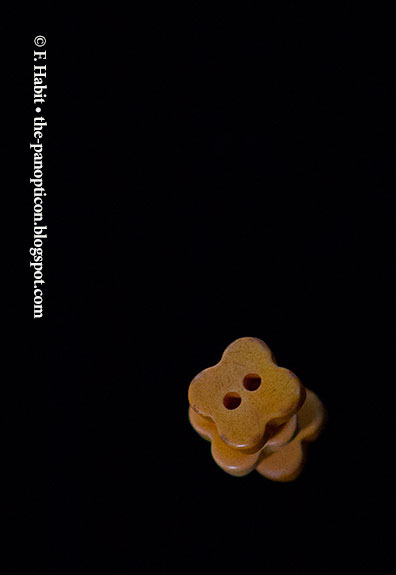
Buttercups. Dainty.
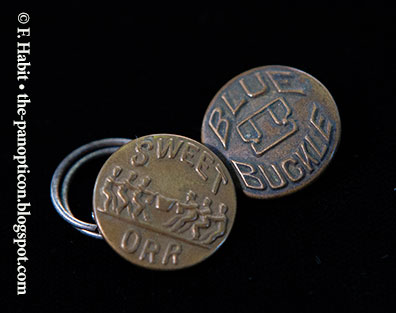
Built to last.
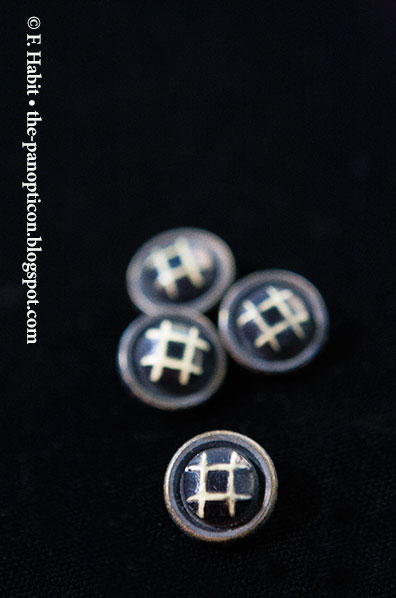
#buttons

And the lone survivor of a vibrant tribe remembers the fabulous 1960s.

